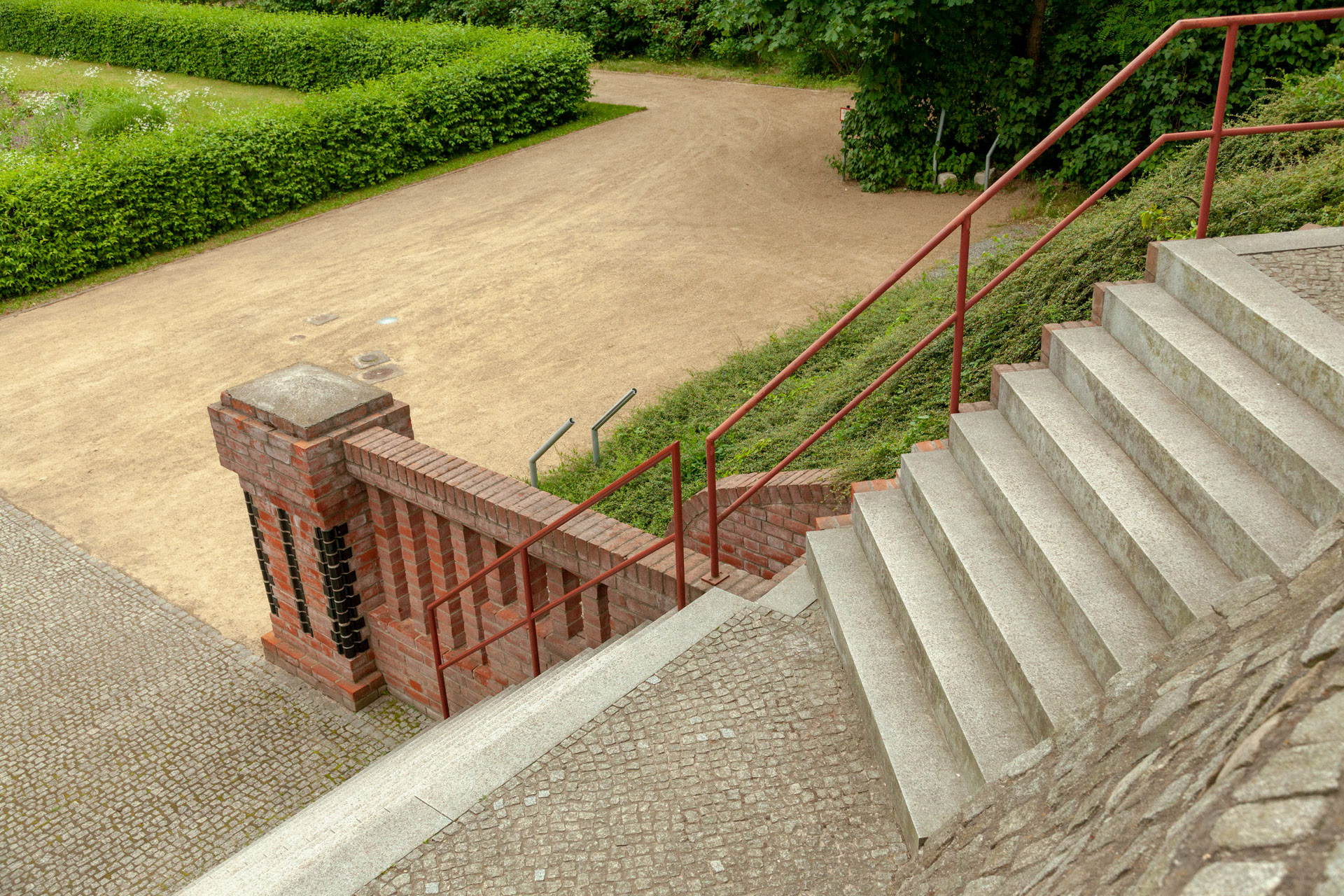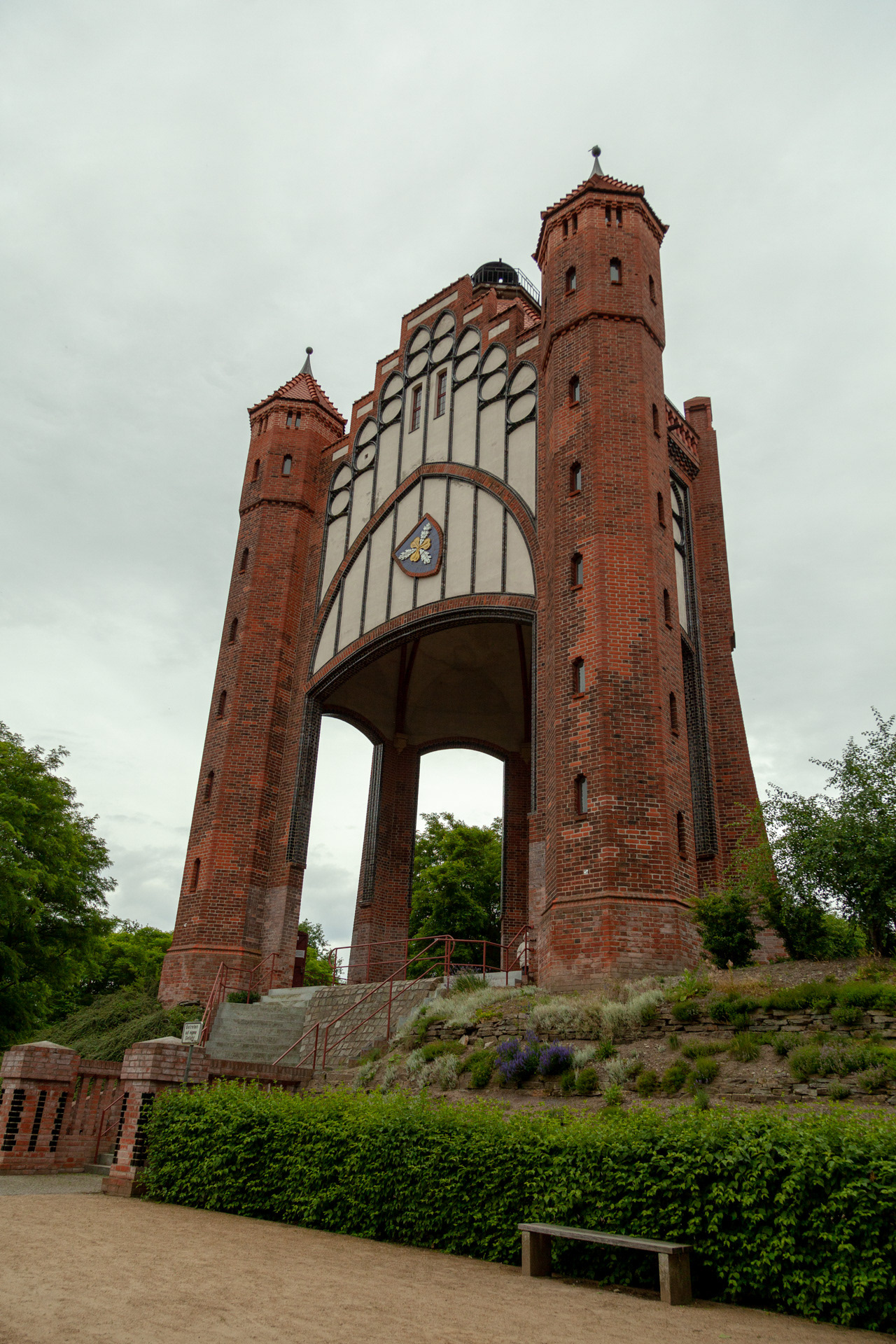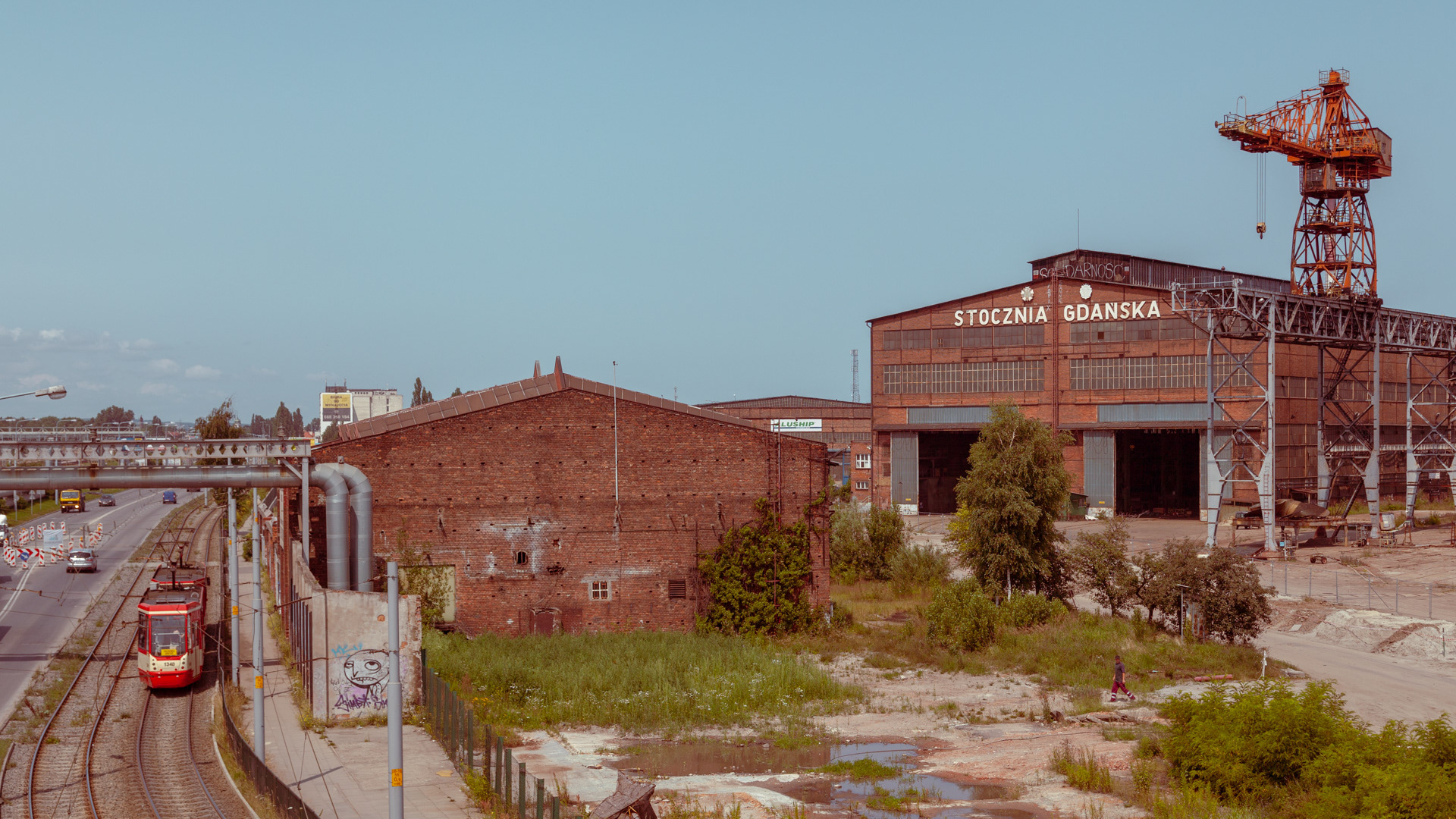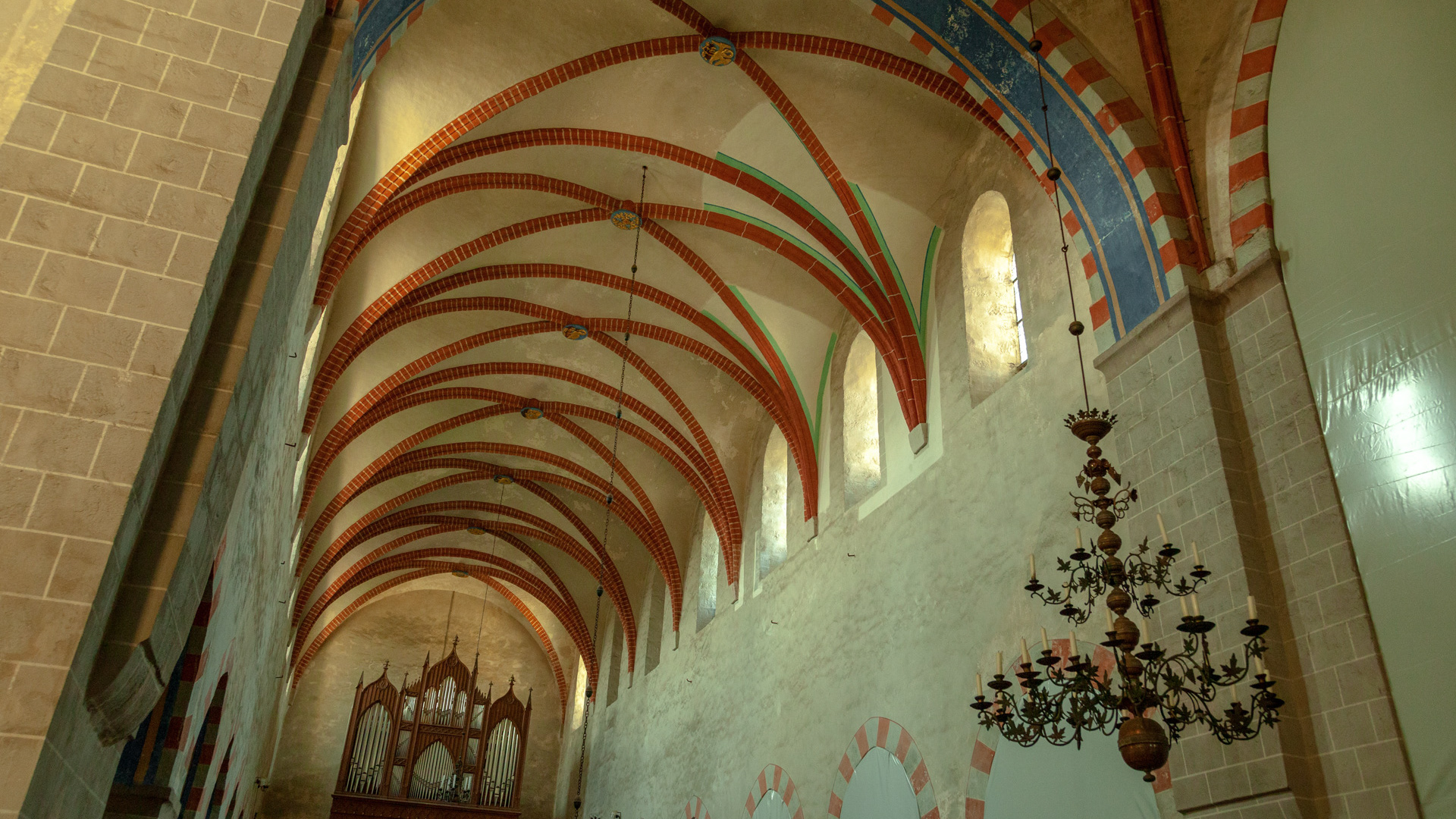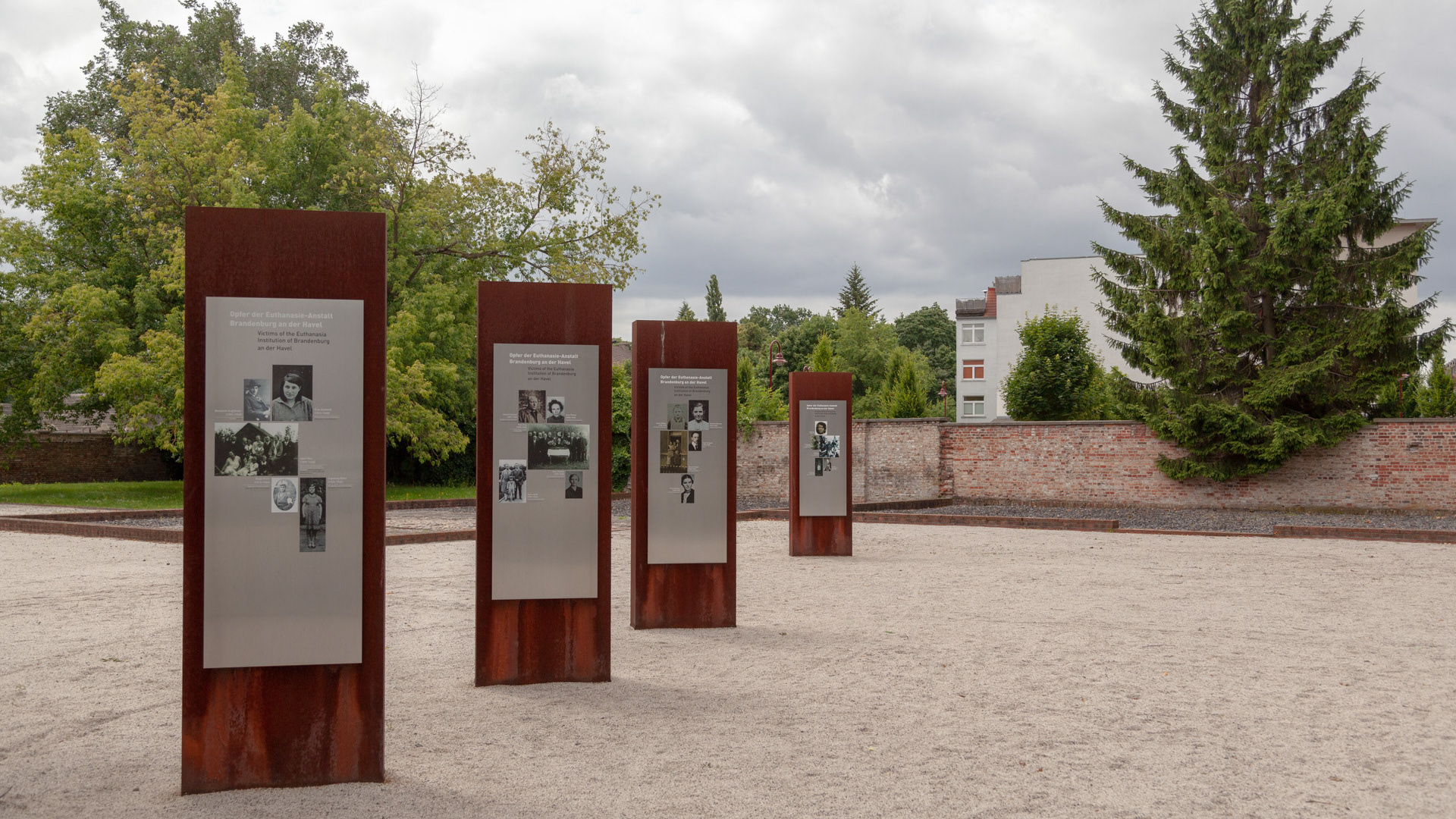Bismarck towers (German: Bismarcktürme) are a unique genre of German monuments, built to honour the ex-chancellor of Prussia, Otto von Bismarck, according to a specific standard model. A total of 240 of these towers were built between German unification and the National Socialist takeover, i.e. between 1869 and 1934. They were built in various styles in locations across the German Empire, including its colonies in Papua New Guinea, Cameroon and Tanzania, as well as in areas of Europe that, at the time, were part of Germany, but now lie within the borders of other European states. Towers were also built in Austria and Chile. Of the original 240, 173 remain.
Every Bismarck tower was also intended as a beacon. Their braziers were to be lit on specified days in honour of ex-chancellor Bismarck to commemorate his achievement in unifying Germany in 1871.
Every Bismarck tower was also intended as a beacon. Their braziers were to be lit on specified days in honour of ex-chancellor Bismarck to commemorate his achievement in unifying Germany in 1871.



